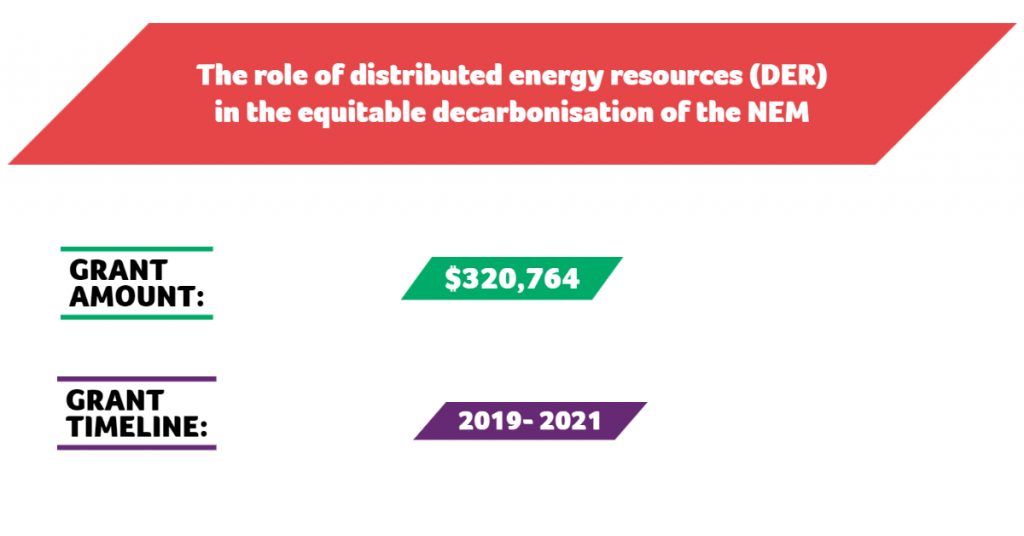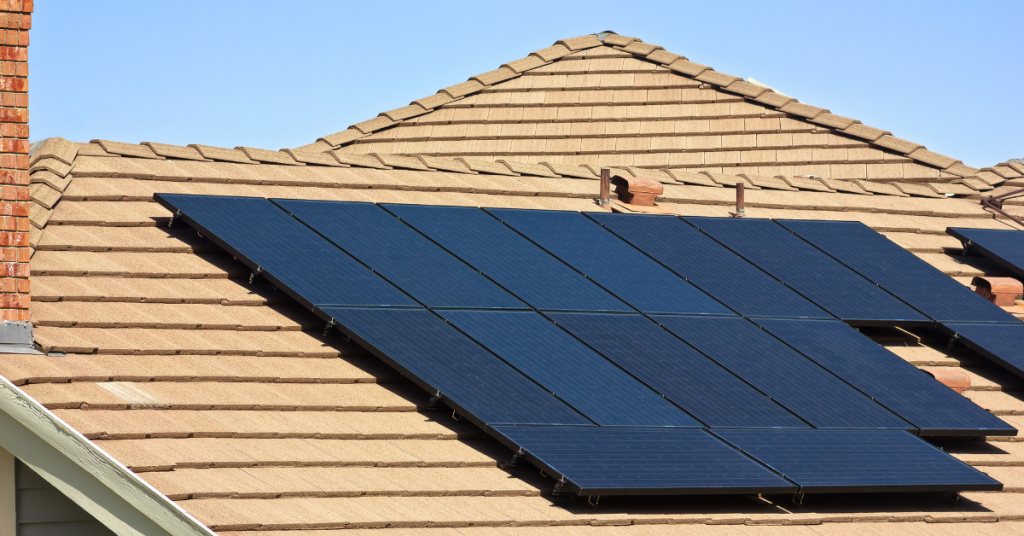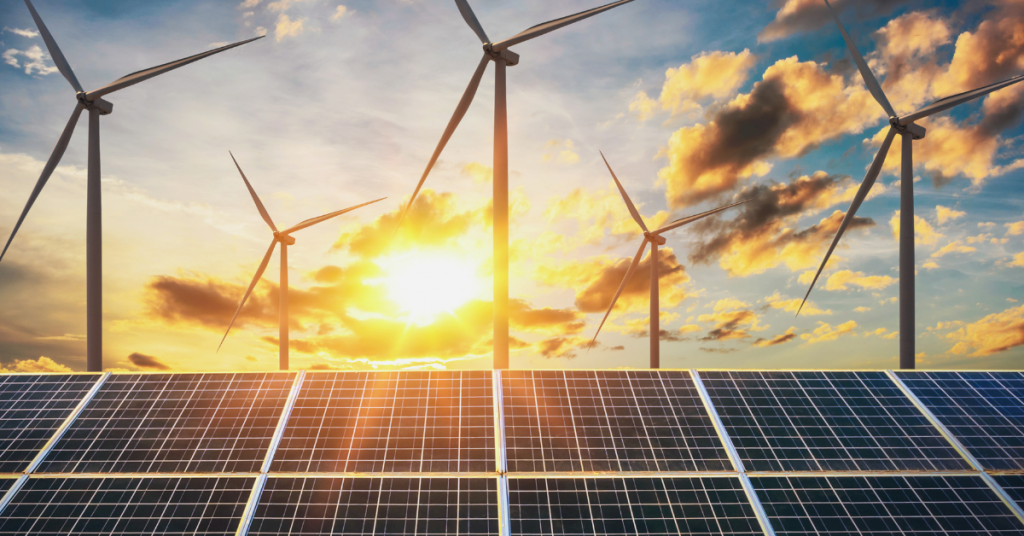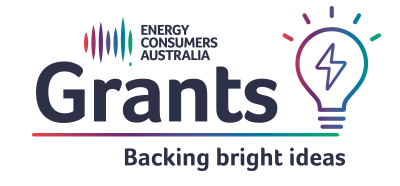
The Problem
Growing demand for local energy is dramatically changing Australia’s energy system.
Rather than electricity being exclusively generated by large, centralised power stations, it is increasingly being drawn from consumer-owned assets, including rooftop solar units, battery storage, electric vehicles and chargers, in homes and businesses across the country.
According to the Australian Energy Market Operator (AEMO), distributed energy resources, or DER, could account for nearly one quarter of all generation capacity by 2040, resulting in potential savings to consumers of around $1 billion.
While the rapid uptake of consumer DER presents tremendous opportunities, such as accelerating decarbonisation of the grid and more affordable energy, it turns out that, at certain times and in certain places, you can have too much of a good thing.
New solar owners in some distribution network areas have been met with zero export limits, meaning none of the excess power produced by their systems has been permitted to go into the grid. While for others, exporting only a portion of their system’s peak capacity is feasible.
The Challenge
Australia’s electricity grid was not built for two-way energy flows. While it is possible for electricity to flow upstream, it creates technical challenges at scale, particularly in areas with existing network constraints and during peak periods.
Total Environment Centre’s energy market advocate, Mark Byrne, believes the architecture of the national grid “needs to be fundamentally revisioned” if the full benefits of decentralised energy are to be realised.
“A high DER system will require considerable regulatory reform to integrate DER into a regime originally built for one-way energy flow from distributor to customer,” he said.
“We are advocating for an alternative, consumer-centric or bottom-up market model, which allows small customers to generate, export and trade energy amongst themselves.”
Reforms, however, need to balance the needs and obligations of the distribution networks with those of consumers.
Dr Byrne said distributors should be able to fairly recover any costs associated with DER integration and future network investment, while also rewarding consumers who produce energy for export where these exports are beneficial to networks or other users.
“Without significant reform, over time the oversupply of daytime solar in some areas will mean that fewer consumers will be able to export the solar they produce to the grid, which could act as a disincentive to future investment in DER, as they no longer receive any financial returns” he said.
“In addition, the inequities between early and late adopters of rooftop solar could become exacerbated, if the latter are unable to export.”

The Project
Total Environment Centre has spent nearly two decades advocating on behalf of consumers in the national energy market and has recently been funded by Energy Consumers Australia to help influence regulatory reforms specifically related to DER.
This ground-breaking, multi-faceted project has included advocating for climate change resilience to be included in the National Electricity Rules, overcoming the regulatory hurdles facing community scale batteries, and developing an alternative grid design or “architecture” suitable for a high DER energy system.
In mid-2020, Total Environment Centre teamed up with the Australian Council of Social Service (ACOSS) to propose a DER export rule change dubbed ‘More Sun For Everyone’.
According to their joint submission to the Australian Energy Market Commission (AEMC), the new rule would create obligations and incentives for networks to optimise existing, or invest in additional, DER-hosting capacity for households. This would improve access to the grid for consumers who produce solar exports and allocate costs more fairly.
It was not without contention, however. Some opponents were against changes that would lead to consumers being charged for the extra power they sent to the grid, deriding the proposal as a “sun tax”.
However, as the submission stressed, the rule change “would not result in solar owners been charged to export to the grid (except if they choose this option in return for greater export capacity)”.
‘More Sun for Everyone’ aimed to create a regulatory regime that “efficiently and equitably optimises the expanding role of DER” as Australian transitions towards a net zero energy system, it said.

The Impact
In August 2021, AEMC published its final determination on the proposed new rules relating to access, pricing, and incentive arrangements for DER exports. These rules are a crucial building block in beginning to reimagine the future of DER and ensuring that no one is left behind.
Among the changes to be phased in over the next 10 years:
- Distribution networks would no longer be allowed to ban solar exports from households by unilaterally imposing zero export limits.
- No customer would be forced onto a tariff that included charges for exports until 2035.
- Consumer protections and engagement and regulatory oversight of networks by the Australian Energy Regulator were strengthened.
In handing down its report, AEMC acknowledged the advocacy of Total Environment Centre and ACOSS, noting that it had adopted many of the proposed changes they put forward. It was a significant outcome for the organisation, which worked with more than 100 stakeholders, including welfare advocates, over the course of the campaign.
“This rule change is a genuine win-win,” Mr Byrne said.
“It will allow the network providers to receive the cost of any additional investment they need to make, while most solar owners should also be better off as they are rewarded for the value of energy exported to the grid at times of peak demand.
“But, as usual, the devil is in the details. The next phase of our work involves monitoring the development of new network export tariffs, to ensure that the spirit as well as the letter of the rule change is being implemented.”
“Projects like these are having a real impact when it comes to creating a future energy system that places the needs of consumers, at the centre of decision-making, which is essential if we are to reap the full benefits of rooftop solar, household batteries and other consumer-owned energy resources,” Lynne Gallagher, CEO Energy Consumers Australia said.
“The influential advocacy of organisations such as Total Environment Centre was helping to modernise the energy system for the benefit of all.”

